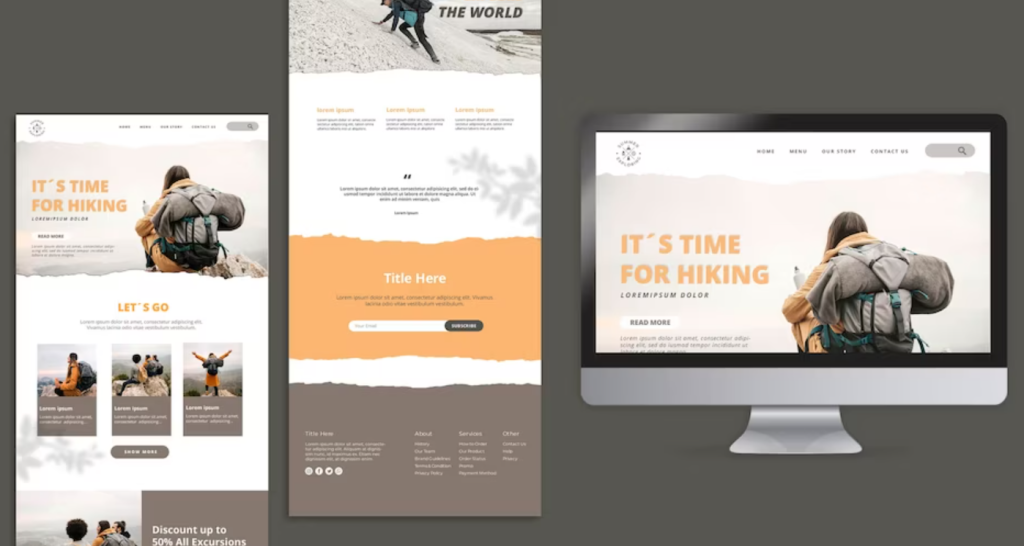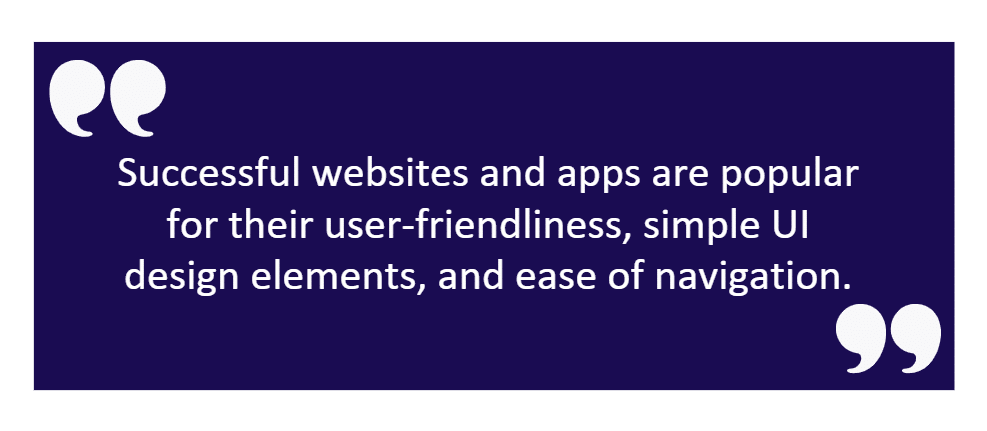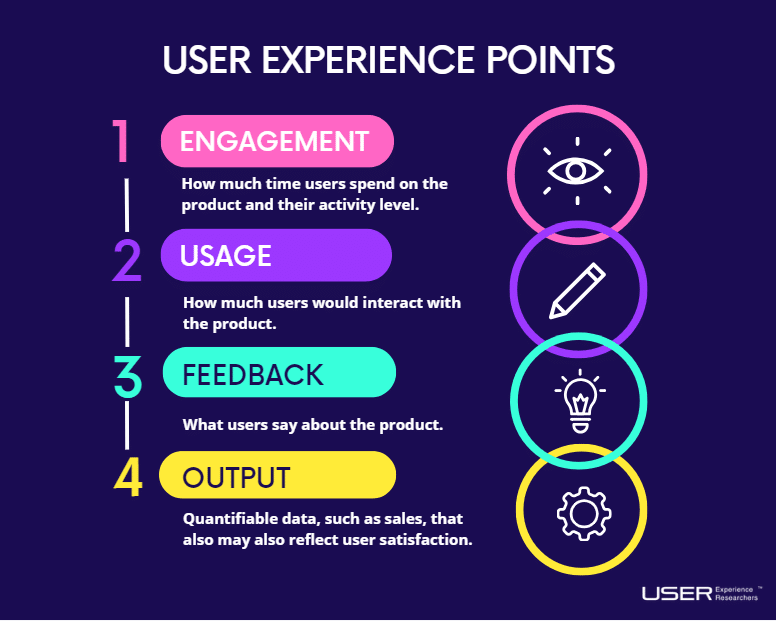For any user experience or UX designer, creating an ideal environment that product users can fully enjoy is the ultimate objective.
Product planners in progressive countries such as Singapore know how incredibly important UX design can be in increasing customer satisfaction. Because of this and the city-state’s solid digital initiatives, many companies choose to hire a UX designer from Singapore to be part of their development team.
The importance of UX cannot be understated. Not only has it existed in essence from ancient times, but its role in modern markets – which mostly compete in a digital environment through websites and mobile apps – proves that UX is an indispensable part of product design.

Transitioning through Time
Today, as a growing majority of businesses are now based on a digital environment, the user journey can be summed up simply as their experience with a brand’s platforms and products. Developers and their UX designers plot this “navigation” carefully to ensure users don’t get lost in the process and complete the task they came for.
The term “user experience” was first mentioned by Don Norman when he worked for Apple Computer in the early 90s, but its essence existed very far into ancient history. Throughout millennia, people in the design field – from architecture to engineering – have employed experts who would have functioned as their UX designers to ensure that their clients will have a satisfactory experience.
For example, the use of space in a room, planning how design and improvements can be maximized while keeping foot traffic unhindered, or the development of ergonomics in tools, which can make usage easier and more productive.
Using these principles of efficiency and satisfaction, the modern UX designer is only incorporating theories formed centuries before on today’s digital platforms and products. The objectives remain the same – make the design comfortable to use repeatedly, assist the user in accomplishing tasks, and provide users with the answers or solutions they’re seeking.
Some skills expected from UX experts are creativity, proficiency in analysis, and problem-solving. These are common traits one should look for in hiring a UX designer in Singapore or globally. Businesses often choose talents from reputable institutions or are part of teams in design agencies.
The Impact of User Experience
The impact of user experience (UX) is far-reaching, influencing not just individual user satisfaction but also the broader success of businesses and products.
It shapes how we interact with technology and influences our emotions. As we continue to move forward, the focus on creating meaningful and accessible user experiences will undoubtedly grow, making it an essential consideration for any organization looking to thrive in an increasingly digital world.
How much has the pursuit of excellent UX influenced product design?
One major area in digital platforms greatly affected by UX is in designing user interfaces (UI). According to a study by Forrester Research, conversion rates can be improved by up to 200% if a website’s UI is well-designed – one that can only be done with accurate UX research.
In some design practices, the participation of a UX designer is also warranted in designing UI. This gives the design a more thorough map of how users will achieve a desired outcome and avoid dead ends, as well as aid the development team in creating ways that help users find their way around the product before asking for help from the website or app administrators.
For a UX designer, Singapore and its digital transformation initiatives are a big help in improving the industry. Regulations that also foster better interaction between users and developers can help in collecting feedback which is vital in the UI UX design process.
When design teams are empowered by public initiatives and innovative company leadership, they can come up with more refined products that deliver satisfactory results for customers.
The impact of optimized UX in digital products such as websites and apps greatly contributes to their success. Some examples are Google’s search engine, Apple’s iOS for mobile devices, Airbnb’s room reservation app and system, and Spotify – one of the most successful music store and player apps.
These platforms are particularly popular for user-friendliness, no excessive UI design elements, and ease of navigation. On top of that, their branding and marketing efforts do not oversell the product and carefully place advertisements and promotions in a timely and appropriate manner.
One could say that a well-tailored user journey can make or break a customer’s impression of a digital product – and with the success of these big brands and their platforms, it’s no surprise they became successful by mastering UX.
Creating products that enable users to smoothly explore its features without getting “lost” or confused is a green flag for good UX.
Read: Experts’ Tips to Test New Tech Products’ User Experience
Another trait that products with great UX have is allowing users to receive information in ways that do not give off a feeling of “intrusion.” This prevents users from feeling annoyed by elements appearing in untimely states such as reading through articles, product details, or other important information.
With competition getting stiffer as more businesses go digital, continuously improving a website or mobile app’s UX is inevitable. The case is particularly strong for mobile apps, where there are millions of products created by both individuals and businesses in app stores such as the Apple App Store and Google Play Store.
Users are increasingly becoming more reliant on functions deliverable through mobile devices and some corporate decision-makers have implemented “mobile-first” strategies to ensure their product is competitive and build customer loyalty through it.
UX Design Industry Strategy Points
The UX design strategy differs between every company based on their vision. A UX designer in Singapore may start with a different set of principles from Europe, or even from neighboring regions, for example. There are, however, many similarities in their methods and objectives, particularly when it comes to user satisfaction.
Companies that employ agencies or have their own in-house UX designer will most likely have key points in their strategy revolving around these user experience points: engagement, usage, feedback, and output.
Usage refers to how much users would interact with the product to get the solution they need and how much users see it as the choicest platform, while engagement is about how much time they spend on the product and their level of activity.
These two points are key factors in determining what features to include, remove, or modify in a product. Meanwhile, feedback is basically how and what users say about the product, which can be gathered through various means as mentioned earlier as part of research, while output is the quantifiable data that also may reflect user satisfaction through factors such as sales and conversions.
Without these points as guides, the design team will be burdened with a messy process and may adversely lower the quality of the final product.
The Basic UX Designer Process
Most UX designer processes revolve around these steps or stages: Goal-setting, UX Research, Designing, Prototyping and Production, and Evaluation.
Goal-Setting
During goal-setting, product owners and designers gather and discuss what they and users want, and set all objectives and solutions they want to offer to users. In the next stage, researchers and experts gather all the requirements needed to fulfill the goals outlined earlier.
Read: User Profiling and Testing as Integral Components of User Experience Designing
UX Research
Research is a crucial factor in achieving user satisfaction, so many research agencies and development teams do as much as they can in employing various techniques to gather information.
The usual methods include quantitative measures, such as rolling out multiple-choice surveys which can be done through pop-ups or email, as well as in-app rating systems or form requests. Data gathered from qualitative methods usually give researchers an idea of how they can create or improve product features, as well as gauge how their competition is faring (if such data can be derived from the survey questions).
On the other hand, there are also qualitative methods such as classic focus group discussions (FGDs), direct feedback forms, and observation (for example, obtaining heat maps or using eye movement tracking to determine navigation points, user behavior, and other gestures). These methods help researchers gain personal insights and other information that may not be obtainable through quick ratings and help them gauge user preferences better.
Prototyping and Production
After conducting UX research comes the Prototyping and Production stage, where the product is first laid out through wireframing and mock-ups to map the user journey carefully and build the product until a working release can be tested. The resulting prototype will then undergo evaluation and further reworking until a final product can be released once approved by key figures in the project, including the product owners.
The process may vary among companies, but the end is the same for them and any UX designer: achieve a smooth user journey with a pleasing UI UX design that makes it more “human” or organic in experience.
Conclusion
User experience is more than just an aspect of design. In the digital age, UX is what separates outstanding platforms from others, making them competitive and effectively garnering loyalty from users to the products and brands that use them.
While the processes to achieve an optimum UX design may vary, the goal is always to bring user-focused solutions that can always be improved further.
If you’re looking for a competitive UX designer, Singapore company USER Experience Researchers Pte. Ltd. can create solutions that answer your customers’ needs, helping you achieve better profitability and returns for your investments.
We have teams of experts in UX and development and industry experience for over a decade, serving multinational corporations and government agencies alike. For more information, you may reach out to us through our contact page at https://www.user.com.sg/contact/.






